Form has traditionally been one of the most creatively stressful parts of the design process. Designers, marketers, and consumers put such a premium on unique, iconic, and novel forms that a disproportionate part of the creative process goes into exploring and refining them. But in the last few years, designers have purposefully down-played Form in order to amplify other aesthetic elements: color, textures, patterns, graphics, or details become much more pronounced and effective when placed on a simplified form. In place of highly convoluted or complex shapes, Primitives have become a viable new form trend. Specifically, these are Cubes, Rectangles, Spheres, Cones, Discs, Ovoids, or Cylinders (and that’s really all there are, no new Primitives will ever be invented, barring an Amendment to the Laws of Geometry). While these simple geometric forms typically exist as singular objects, they may also be combined in novel ways to make interesting compositions. Also: Primitive designs gain more animation and impact if they are proportionally manipulated beyond their basic states: elongated cones, flatted cylinders, stretched rectangles. These basic forms then become the backdrop for other elements to come forward, like the Macro-Pattern on Jambox, or the illuminated ring on Google’s Nexus Q; the cellular structure of the Water Cube, or the subtle CMF variations on the iPhone. Proposals to use Primitives with clients have to be approached carefully: we once had a client suggest we weren’t working hard enough because we didn’t show enough “form development” (i.e curved surfaces and complex shapes). The story has to be built around the alternate design elements that will be emphasized due to the deliberate simplification of form. Nor does it hurt to mention that some of the most popular designs in recent years have used this stylistic theme. The Primitives trend can be particularly useful in categories where endless varieties of forms have already been explored (headphones, cars, eyewear, and furniture come to mind) in order to differentiate from the competition. So far, Primitives have been building in the Consumer Electronics category of Product Design, and of course Architecture, but have yet to appear in other disciplines like Fashion or Transportation design. So designers everywhere: breathe a sigh of relief, put your “Form-Giver” t-shirts away, break out those old blocks you used to play with as kids, and invite your old Geometry 101 teacher over for a beer and some brainstorming.
Also: Check out these related trends: Monolithic Forms, Macro-Patterns, and Rationalism

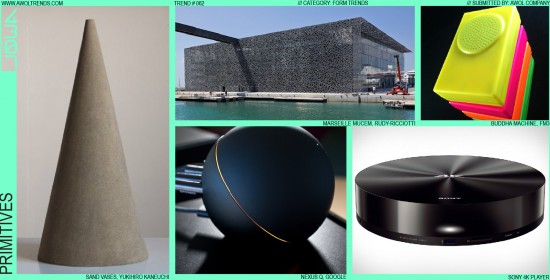


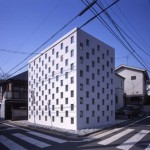
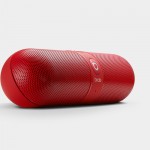
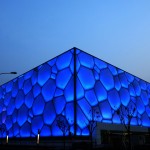



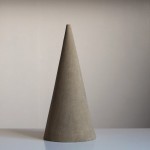
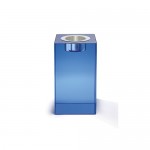



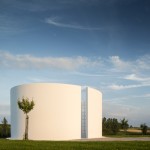



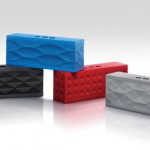
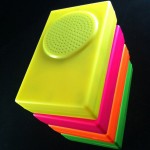
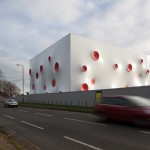


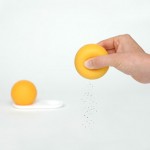


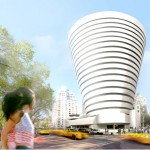
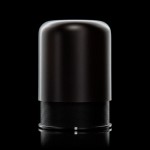






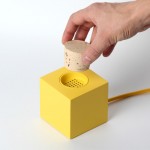
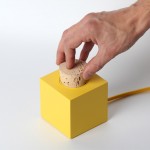
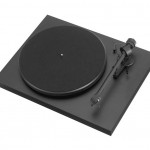

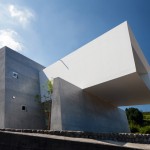
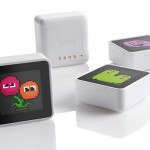





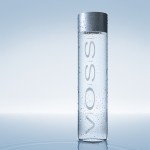


For some additional discussion on this trend, visit the Core77 LinkedIn group here:
http://www.linkedin.com/groups/Trend-alert-PRIMITIVES-http-bitly-162413.S.250582268?qid=71eed2ae-07f6-41a3-9ecb-a869aa473ca4&trk=group_most_popular-0-b-ttl&goback=.gmp_162413
-AWOL Trends